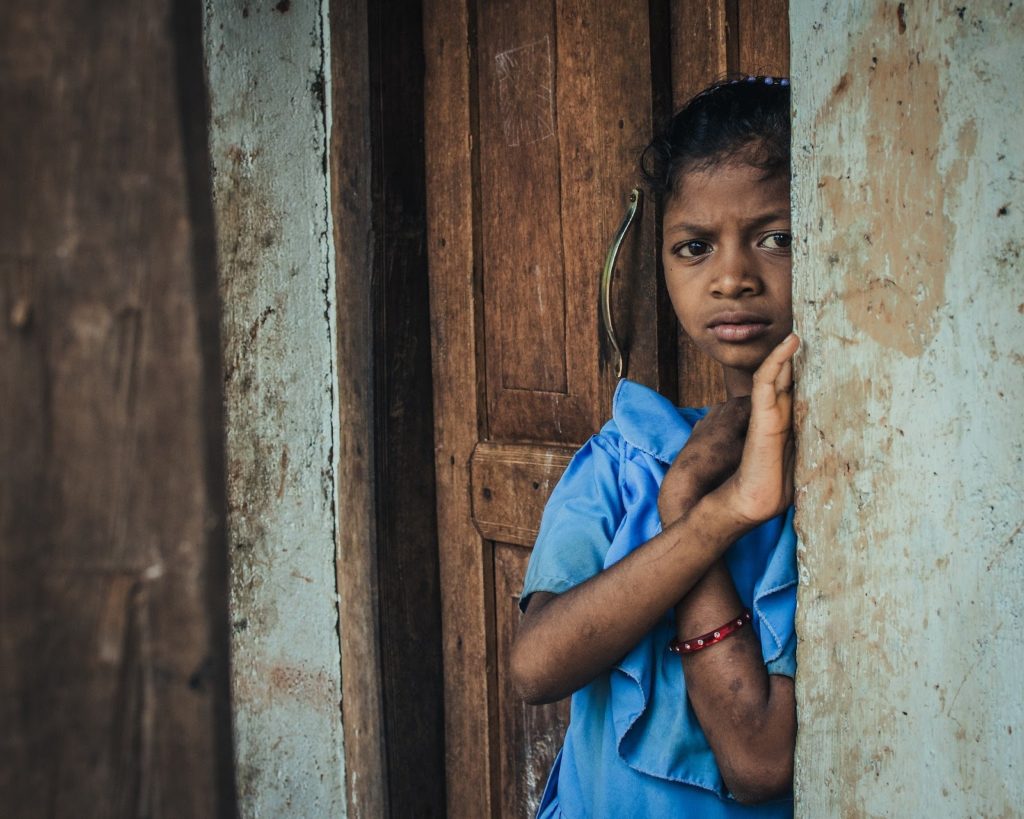What Do You Need to Know About Child Malnutrition?
One of the biggest misconceptions is that only underdeveloped or developing countries like Yemen, Philippines, and India struggle with the wrath of poverty and child malnutrition. The impacts of child hunger and food insecurity are highly prevalent in countries like the United States, where 1 out of 6 children don’t know about their next meal. One out of five American children come to school hungry and develop chronic physical and mental ailments.
By the time you wrap up reading this blog, around 20-25 children worldwide have died due to lack of food and malnutrition. The numbers are alarming, and the worst part is that the numbers are rising vehemently.

Organizations like https://www.feedthechildren.org are stepping up to eradicate child hunger and ensure that no child across the world sleeps with their stomach empty. However, to help and advocate for child hunger and poverty, you first need to educate yourself about child malnutrition and how it affects over 13.2% of families in the U.S.
What is Child Malnutrition?
Malnutrition is defined as the deficiencies, and excessive imbalance in a child’s eating habits or diet. These issues lead to severe risks of the child becoming underweight (due to lack of food) or overweight (due to underlying chronic illness). Besides their body, malnutrition or lacking the essential nutrients in the body also leads to impaired brain function and activities, leaving them behind in life.
If not treated on time, malnutrition can even lead to fatalities in children.
What Percentage of Children Suffer with Malnutrition?
According to global data, over 45 million children struggle with malnutrition every year. Reports even suggest that child hunger and malnutrition kill more children worldwide than AIDS, malaria, and tuberculosis.
The undernutrition in the children makes them more vulnerable to chronic diseases and even death in final conditions. These kinds of situations also prevent a child from reaching their optimal physical and cognitive potential in life.
Besides the prevailing condition of child hunger in the U.S and across the world, the hit of the coronavirus pandemic has further recently pushed over 7 million children into experiencing the risks of malnutrition.
What is Being Done to Combat Malnutrition?
Despite chronic malnutrition becoming a leading factor of death in children in countries across the world, there are stunted contributions that are being made to make permanent changes in the lives of the families living under the poverty line.
There have been consistent contributions to nutritional interventions, including school nutrition initiative programs, emergency food supply, food stamps, breastfeeding awareness campaigns, etc. However, everything has taken a backseat when the pandemic hit.
With more and more schools shutting down and switching to virtual classes, the nutrition programs aren’t viable at present, putting the children back at risk of hunger and malnutrition.
However, organizations are gearing back again to stand true to their potential and help children regain control over their life with proper nutrition and guidance. More than a slogan at this point, “Feed the Children” has become a dire necessity for the nations.
Given how harmful the long-term impacts of malnutrition are, it isn’t surprising more and more worldwide programs are being introduced to bridge the gap. It is time that we come together to feed the hungry children (and their families) and educate and empower them to sustain the future causes of food insecurity across the country.
Final Words
Food is not an option; it is a necessity and a fundamental human right that every child and adult should have access to. With the alarming rise in child malnutrition being a prominent cause of child fatality, we do the needful to eradicate this issue and help provide a child with a future and healthy life that they deserve growing up.




